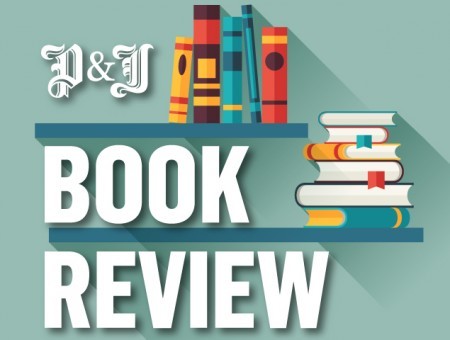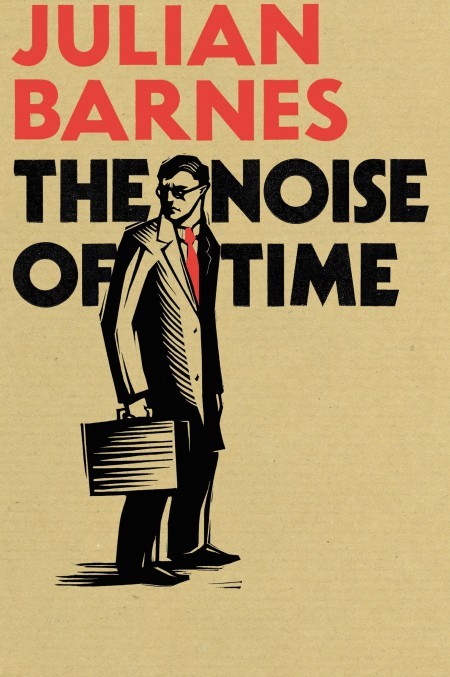Hardback by Jonathan Cape, £14.99 (ebook £9.99)
This is the first novel from Barnes, the much-cherished author of Flaubert’s Parrot and A History Of The World in 10 1/2 chapters, since he won the Man Booker Prize in 2011 for The Sense Of An Ending.
It is essentially a novelisation of the life of the Russian composer Dmitri Shostakovich, doomed to live and work under Stalin and his successors, first in fear for his life and then in guilty shame at the enforced compromises that have secured not just his survival, but his canonisation by a regime he despises.
Shostakovich is a weak, cowardly man in a period when personal courage counts for nothing. In seeking to avoid denunciation or execution and spare his loved ones, his only defences are evasion, irony and the double-edged gift of his extraordinary musical ability. This brief, intimately drawn life focuses on three critical moments in his career.
In the first, an opera of his is damned in a Pravda editorial, virtually a death threat in itself. Next, we see the composer – back in Stalin’s favour – on a propaganda tour of the US after the war, robotically delivering a ghosted speech in which he must denounce his own work and that of Stravinsky, whom he considers the greatest composer of the 20th century.
In the third, the ageing Shostakovich is a puppet celebrity wheeled out to sign articles, make more speeches and denounce his heroes. So abject is his self-loathing at the moral and artistic concessions that have been wrung from him that he lacks now even ‘the self-respect that suicide
required’.
In this final section, Barnes pulls together all the strands of an artlessly diffuse and meticulously imagined portrait into a powerful study of the ‘complexities of life under tyranny’. It is masterfully done, but so dark is the world he draws on that it is hard to share the optimism of his final scene, in which he seems to suggest that music – art – can somehow transcend fear and ‘unwarranted death’ and perhaps even Stalin. I wonder.

